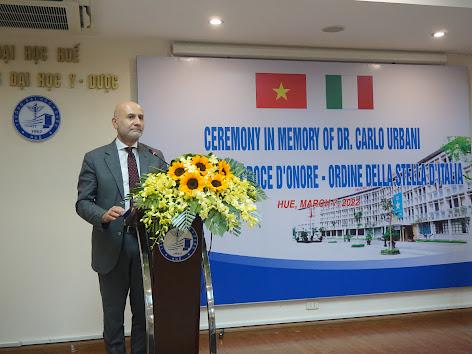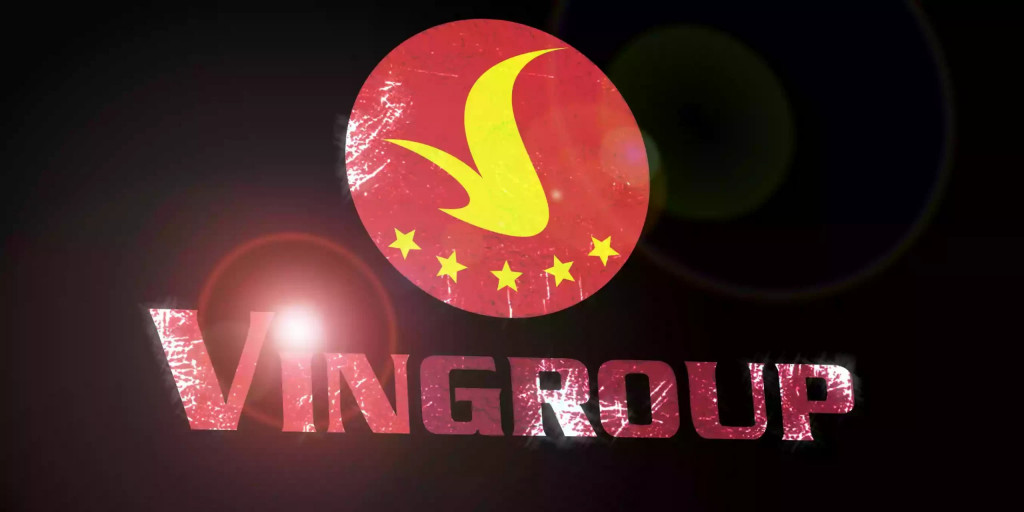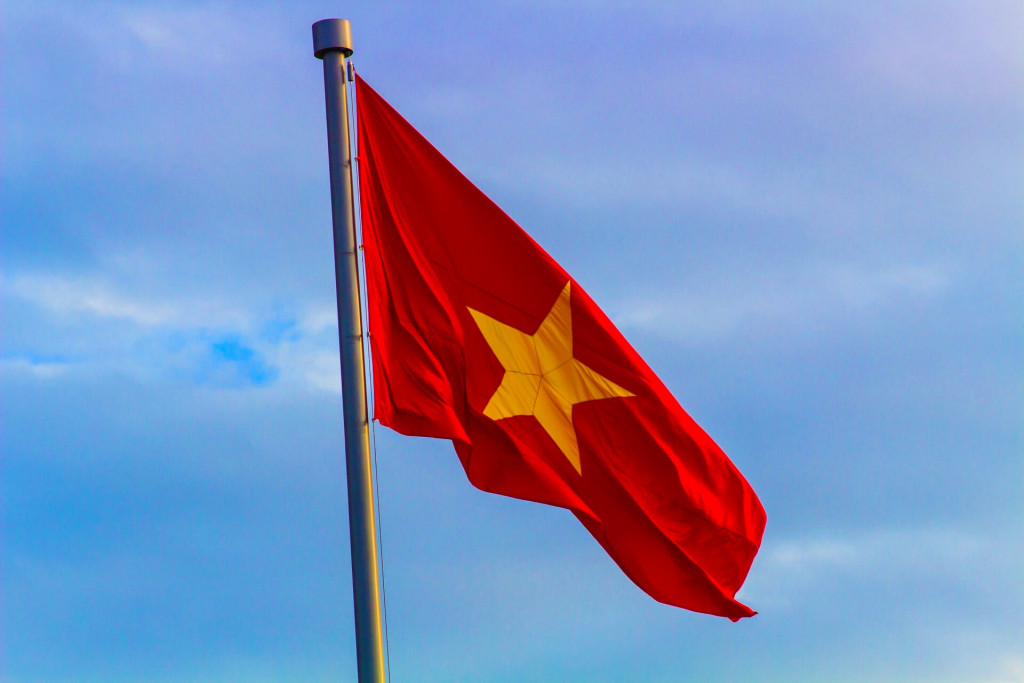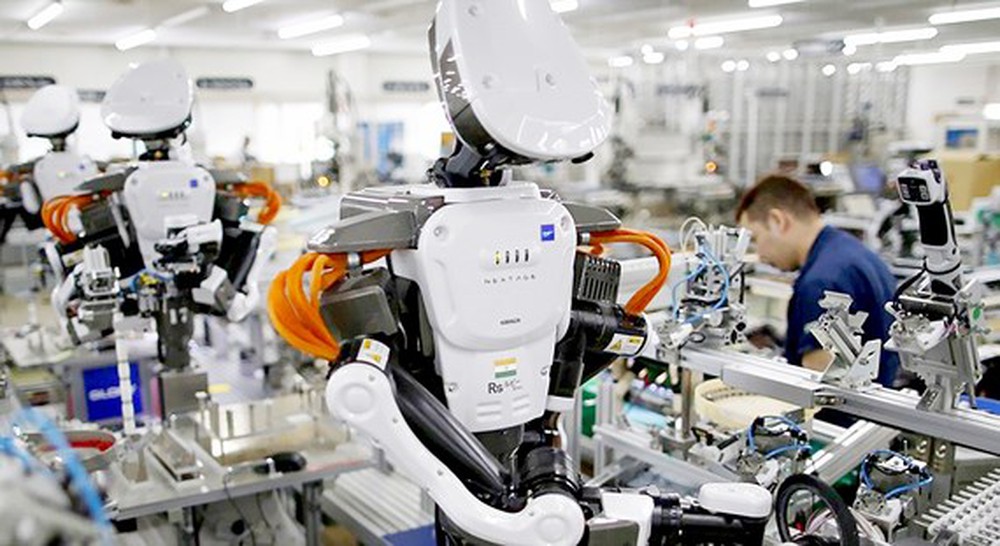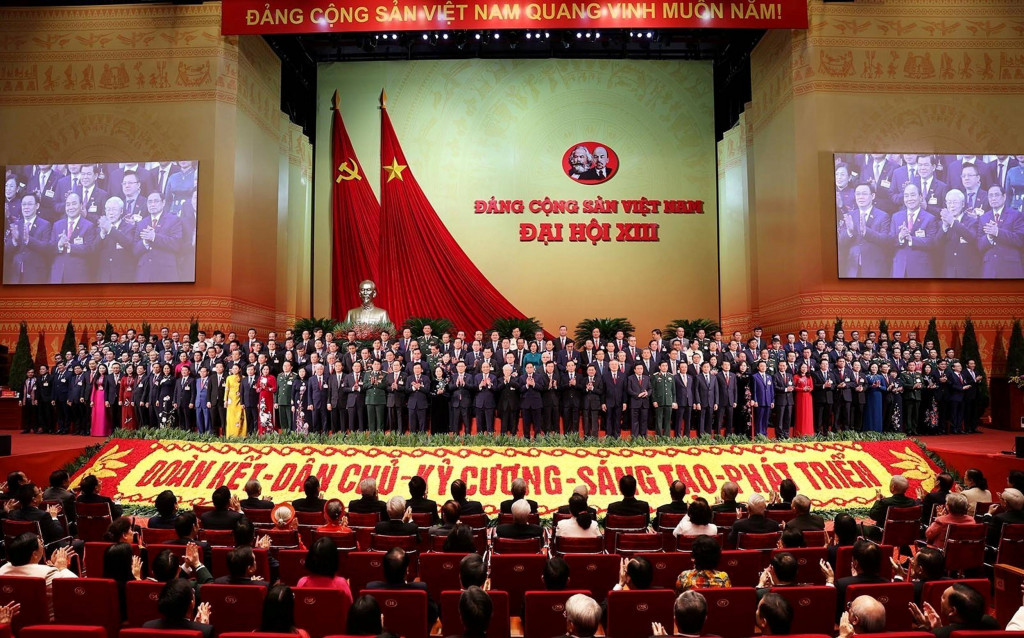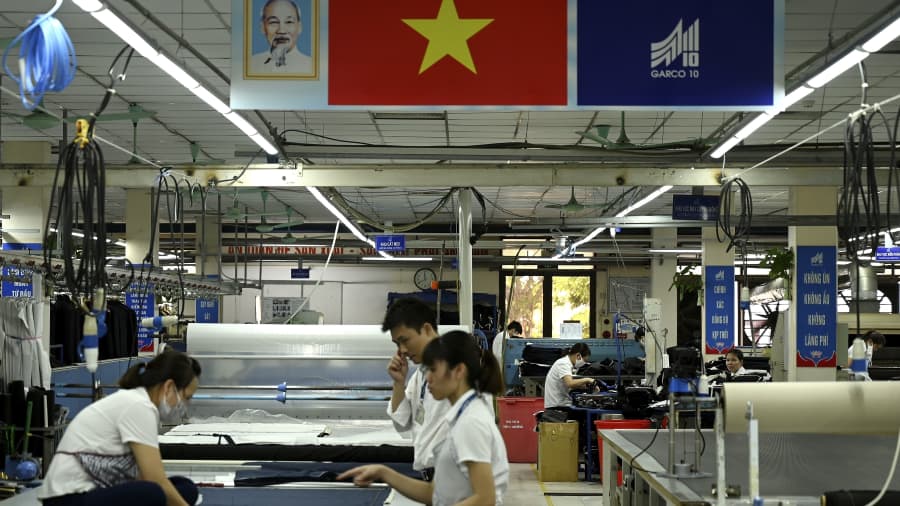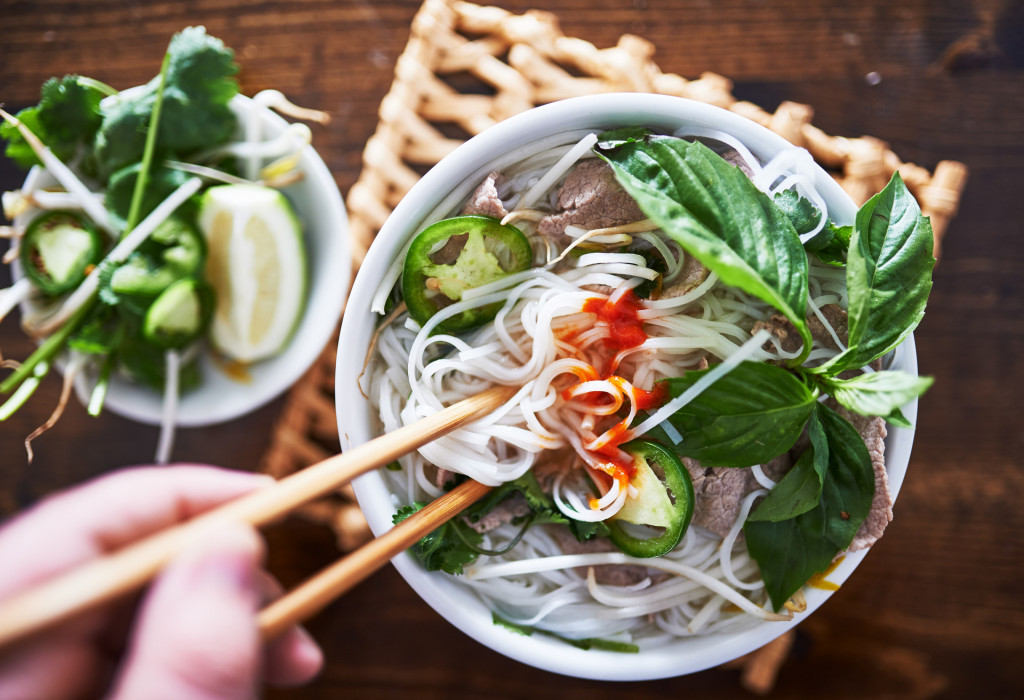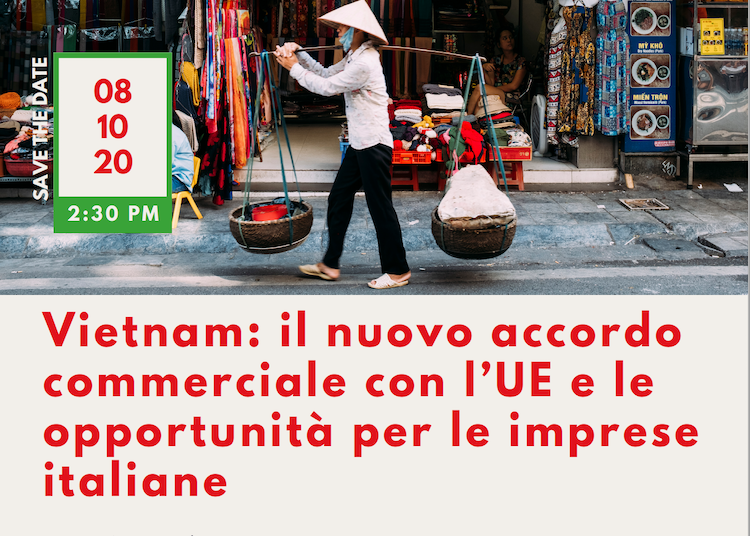Vietnam's digital economy is steadily expanding, thanks in part to the acceleration brought on by the pandemic
Vietnam is definitely at the top of the list of Southeast Asian countries in terms of presence of cutting-edge companies in the technology and digital sectors, so much so that it is almost self-sufficient. In fact, to date it already has as many as 64,000 digital companies, and the figure continues to expand, to the point that the country ranks 25th among the 50 most digital companies in the world, according to consulting firm Tholons. Moreover, Vietnam's digital economy is growing rapidly, and is estimated to lead Southeast Asian countries in the next 10 years, according to the e-Conomy SEA 2021 report by Google, Temasek and Bain. Vietnam's digital market is thriving thanks to strong growth in the e-commerce, fintech and education technology sectors. In parallel, the population of social media users is also growing rapidly, reaching 78% of the total population in February 2022. Certainly there are important socio-demographic factors facilitating the expansion of the digital market, given that the population is young (70% of citizens are under 35 years old), educated (literacy rate in the 15-35 age group is over 98%) and accustomed to technology (more than 60% of the population uses smartphones). In any case, the phenomenon is worth keeping an eye on since, according to a report by the company Alphabeta, digital technology could potentially bring over 74 billion dollars to Vietnam by 2030, mainly in the areas of industry, agriculture and food and education.
As has happened in many countries, COVID-19 has been a significant driver of digital transformation in Vietnam. Since the pandemic broke out, Hanoi has seen a sudden acceleration in the adoption and deployment of new digitization tools in both the private and public sectors. It is estimated that as early as June 2021, about two-thirds of private enterprises in Vietnam had access to technologies related to the digital economy, a huge jump from the pre-COVID-19 period. As a result, the digital payments market is also growing, already reaching $620 billion in 2020 and is expected to reach the value of $1.2 trillion in 2025.
The digitization process is also accelerated by the proximity of the many local digital companies, which create a real industrial agglomeration that encourages the spread of skills and innovations. Among the best-known companies is the FPT Group, which stands for Corporation for Financing and Promoting Technology, the largest IT services company in Vietnam, whose core business is the provision of ICT-related services. FPT deals with technological innovations such as automation, artificial intelligence, blockchain technology, cloud computing, and other services aimed at improving the efficiency of life for citizens, businesses, and government. Many of these companies, in fact, work with the public sector with the common goal of developing a digital government and economy, but also increasing the efficiency of public services and the IT skills of officials and managers. Some ongoing projects already include the development of smart cities and traffic, as well as state-of-the-art healthcare and education, with the aim of improving the lives of millions of citizens as well as the country's competitiveness.
However, there are still many obstacles to reaping the full benefits of digital technology, for example, bureaucracy and lack of specialized human resources. In addition, some localization and data protection laws discourage foreign companies from investing in the local digital market, as they protect local businesses but undermine further profits.
However, the future looks bright, and the Deputy Director of the Department of Enterprise Management, Nguyen Trong Duong, has announced that with policies to support Vietnam's digital enterprises and tech startups, the country's digital economy could reach 26.2% of GDP in the next three years.


